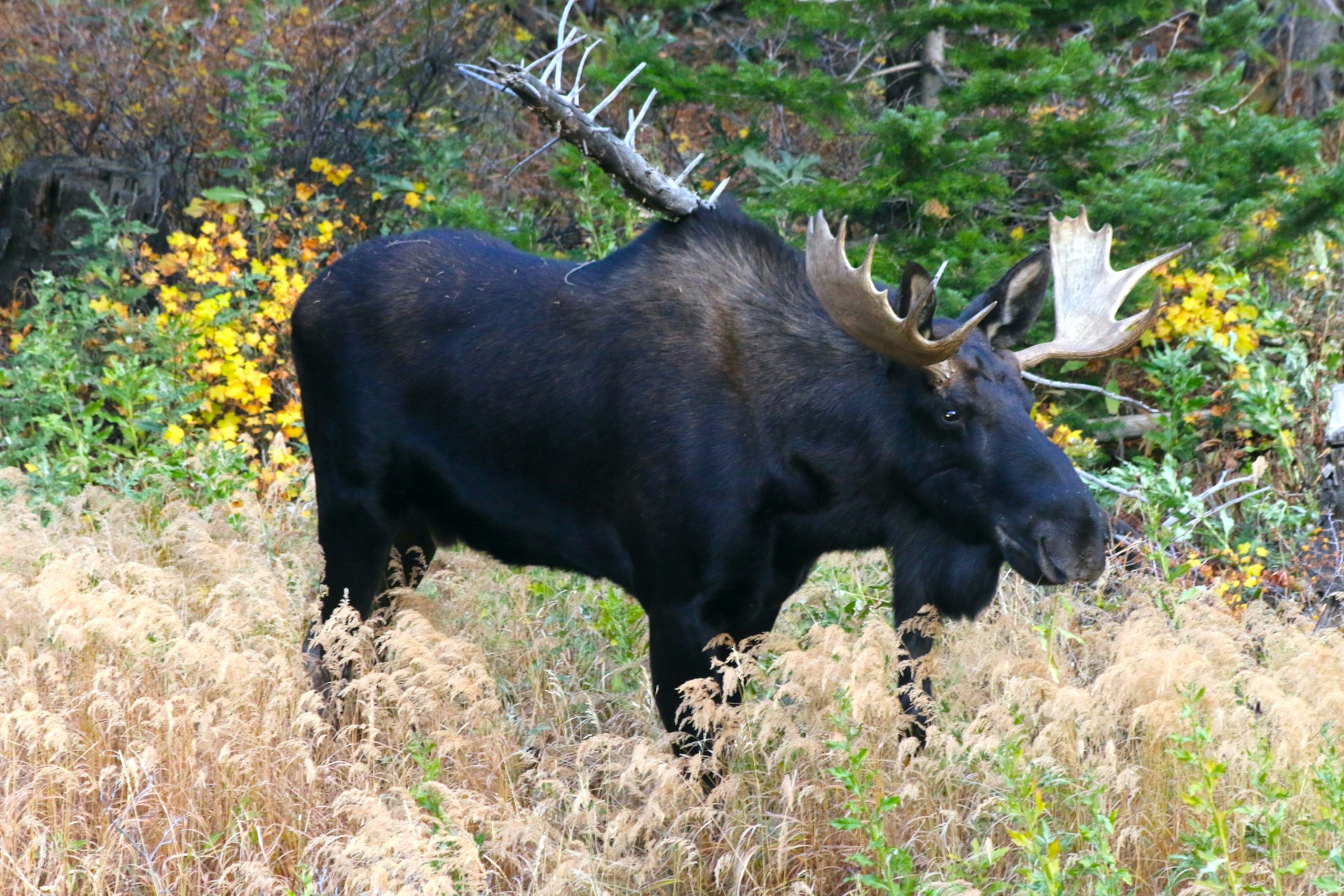Hiking through North America’s wilderness offers breathtaking scenery and unforgettable encounters with wildlife. Among the most majestic yet potentially dangerous animals you might encounter is the moose—the largest member of the deer family. Standing up to 7 feet tall at the shoulder and weighing more than 1,000 pounds, these magnificent creatures command respect.
While moose generally prefer to avoid human interaction, unexpected encounters do happen, and knowing how to react can mean the difference between a memorable wildlife sighting and a dangerous situation. This article will guide you through understanding moose behavior and the appropriate actions to take if you find yourself sharing a trail with one of these impressive mammals.
Understanding Moose Behavior
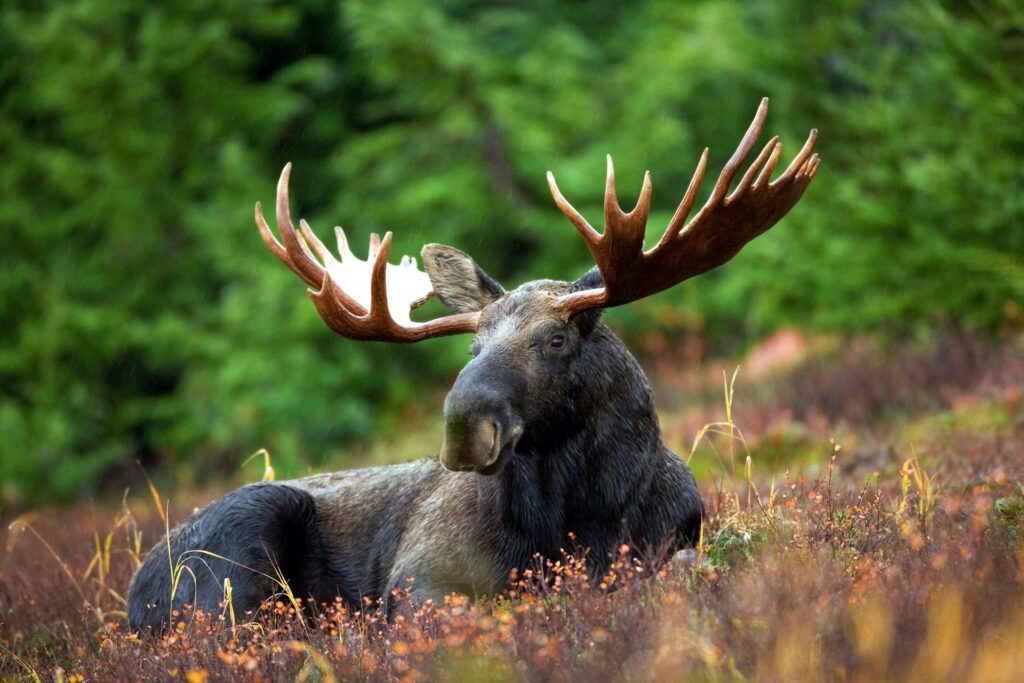
Moose are generally solitary animals that prefer to avoid confrontation when possible. Despite their imposing size, they are herbivores that spend most of their time browsing for vegetation rather than hunting for prey. However, this docile appearance can be deceiving, as moose can become aggressive when they feel threatened, particularly during mating season (fall) or when a mother is protecting her calves (spring and summer).
Moose don’t have natural predators that match their size, which means they don’t typically flee when confronted—instead, they may stand their ground or charge if they perceive a threat. Understanding these behavioral patterns is crucial for hikers who might encounter these animals in the wild.
Recognizing Warning Signs
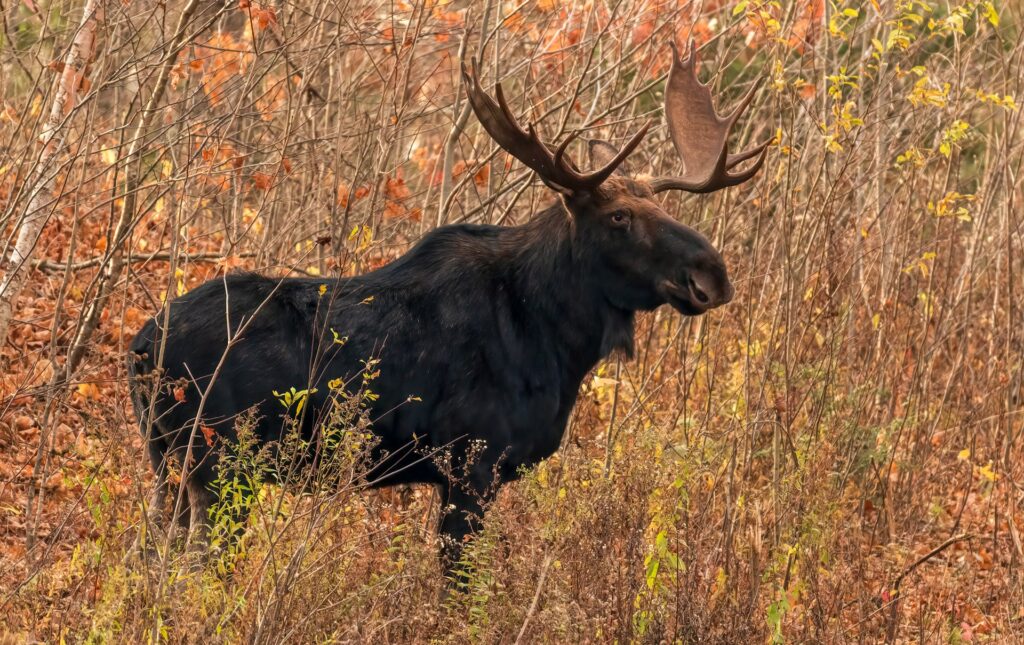
Being able to identify signs of moose distress could save your life during an encounter. If a moose stops eating and turns to face you directly, this indicates it has noticed your presence and is assessing whether you pose a threat. Laid-back ears, raised hackles (the hair along its neck and back), and a lowered head are clear signs that the moose is agitated and may be preparing to charge.
Perhaps the most concerning signal is when a moose begins to lick its lips—this often immediately precedes an attack. Another warning sign is “bluff charging,” where the moose rushes forward a short distance before stopping, essentially testing your reaction and warning you to back off.
Maintaining a Safe Distance
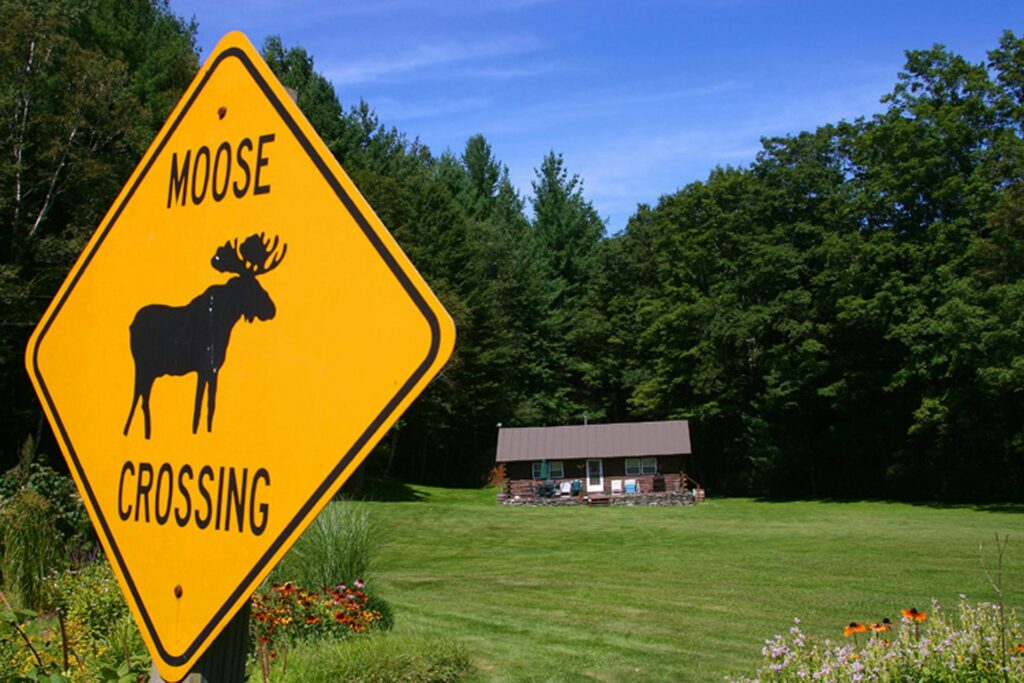
The single most important rule when encountering a moose is to keep your distance—experts recommend staying at least 50 feet away, though further is always better. A moose can run up to 35 miles per hour, meaning they can cover ground incredibly quickly if they decide to charge. If you spot a moose from a distance, alter your hiking route to give the animal a wide berth rather than continuing on a path that would bring you closer.
Remember that even a calm-looking moose deserves space and respect—their mood can change quickly, especially if they feel cornered or threatened. Many dangerous encounters occur when humans underestimate how quickly a relaxed situation can escalate.
What to Do If You’re Too Close
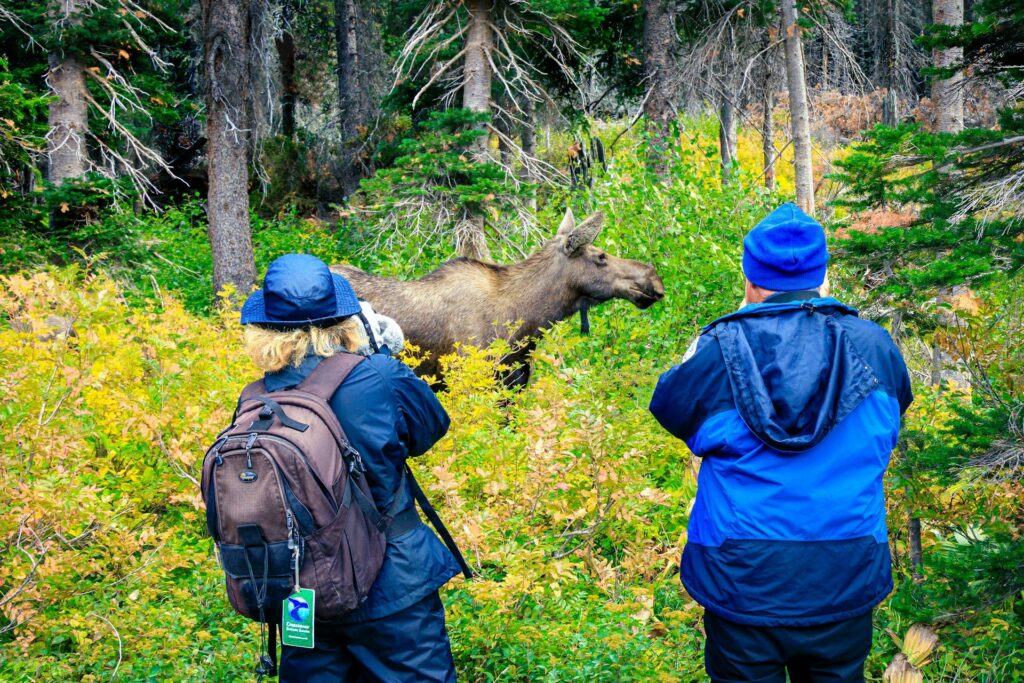
If you suddenly find yourself closer to a moose than is safe, your response should be careful and measured. Speak in a calm, normal voice so the moose can identify you as human and not a predator—avoid making sounds that could be interpreted as threatening or aggressive. Back away slowly, maintaining visual awareness of the moose but avoiding direct eye contact, which animals can perceive as a challenge.
Never turn your back completely on the moose, as this prevents you from monitoring its behavior for signs of an impending charge. If possible, position yourself near a solid object like a tree or boulder that could serve as protection if the situation escalates.
If a Moose Charges
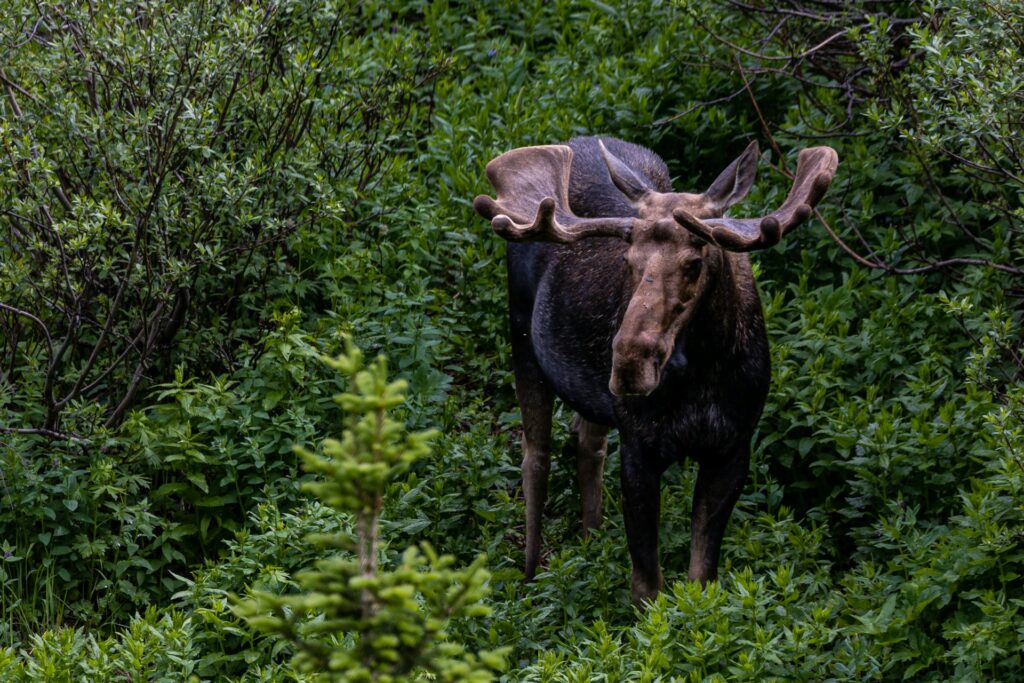
A charging moose is a terrifying sight and represents one of the most dangerous wildlife encounters possible in North American forests. If a moose does charge, run away as quickly as possible and try to place a substantial object between you and the animal—a tree, large rock, or vehicle can serve as a barrier. Unlike with some predators, playing dead is not effective with an aggressive moose, as they may continue to trample a perceived threat.
Moose typically attack by stomping with their front hooves, which can cause serious injury or death. Remember that moose usually don’t chase for extended periods, so if you can initially escape the charge and find shelter, the moose will likely lose interest and move on.
Seasonal Awareness: Rutting Season
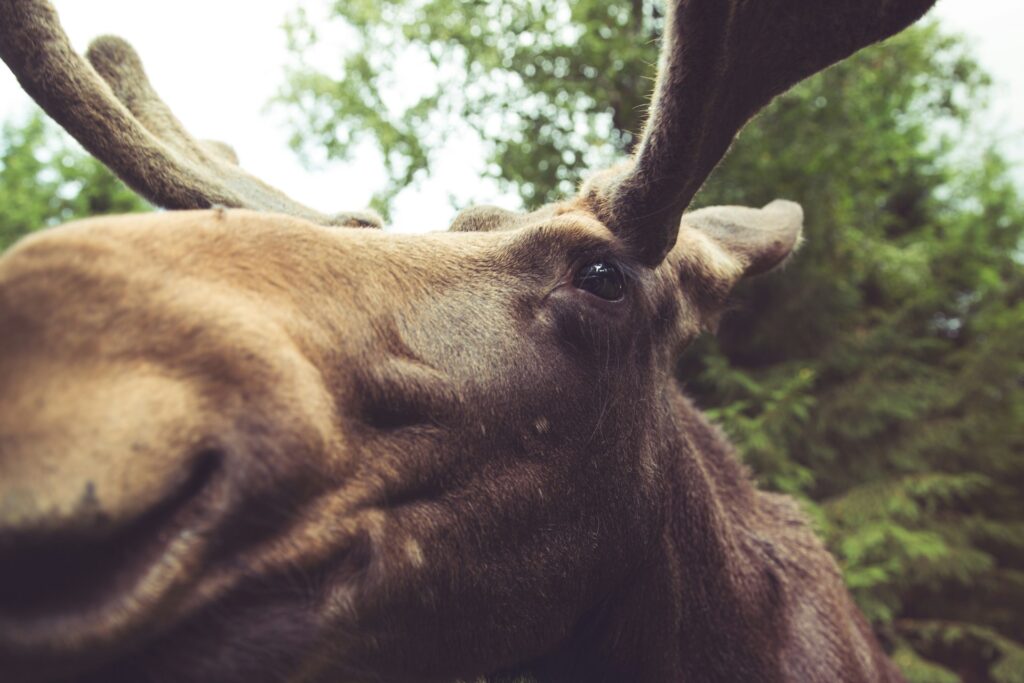
Fall rutting (mating) season transforms even normally docile bull moose into potential threats as testosterone levels surge and they compete for mating opportunities. During this period, typically from September to October, bull moose become particularly territorial and aggressive, sometimes even charging vehicles or other inanimate objects they perceive as rivals.
The characteristic large antlers of bulls during this season aren’t just for show—they’re weapons used in competition that can also be directed at humans who intrude on their space. Hikers should exercise extra caution during rutting season, particularly in areas known to have moose populations, and be prepared to detour extensively around any bull moose sightings.
Seasonal Awareness: Calving Season
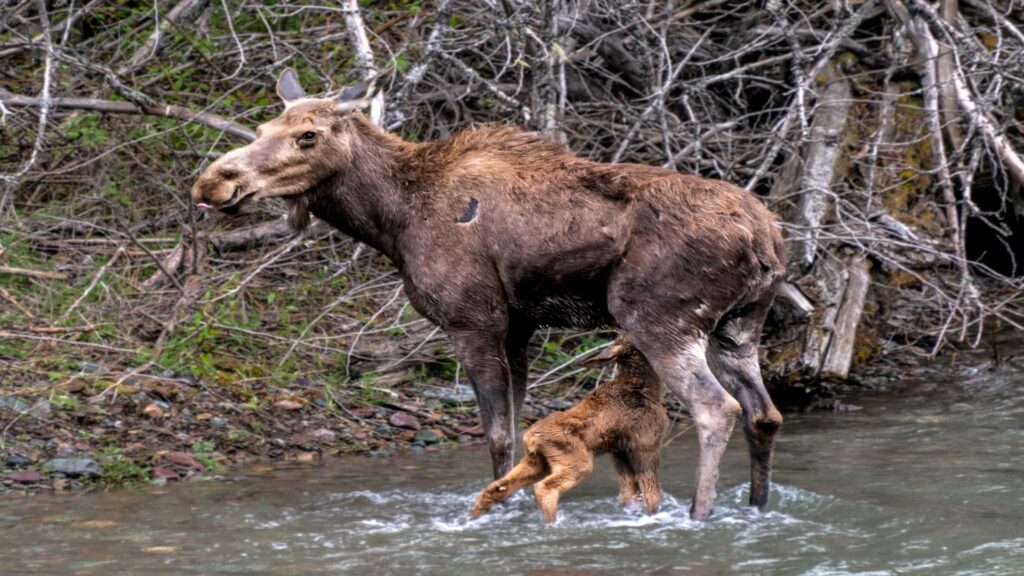
Spring brings another dangerous period for moose encounters as cows (female moose) become extremely protective of their newborn calves. A mother moose will perceive any approach toward her calf as a serious threat and is likely to respond with immediate aggression to protect her offspring. These defensive attacks can occur with little warning and extreme intensity. If you spot a moose calf, be aware that the mother is certainly nearby and watching carefully, even if you don’t immediately see her.
Give moose calves an extremely wide berth—much more than you would an adult moose alone—and if you accidentally come between a mother and calf, move away as quickly as possible while trying to keep objects between you and the likely charging mother.
Hiking with Dogs in Moose Country
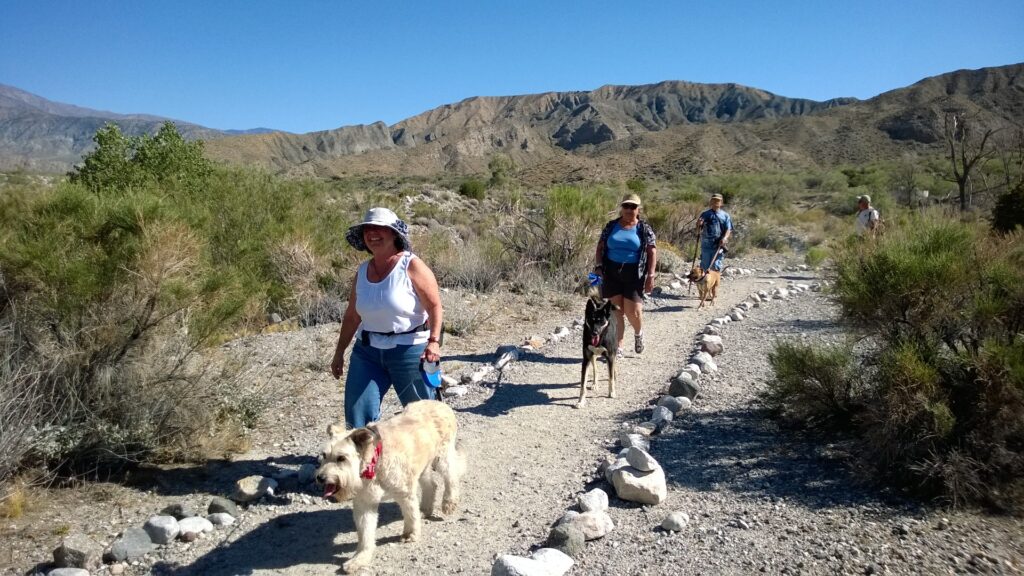
Dogs represent a particular risk factor when hiking in areas with moose populations. Moose often perceive dogs as predators similar to wolves, their natural enemies, triggering defensive or aggressive responses even from otherwise calm moose. Unfortunately, after charging at a dog, the moose may then turn its aggression toward the human companion.
Always keep dogs leashed in moose territory, and if you encounter a moose while with your dog, maintain tight control of the leash and try to move away while keeping your dog close and quiet. Some experienced hikers in heavy moose areas choose to hike without their dogs altogether during high-risk seasons like rutting and calving periods.
Photographing Moose Safely
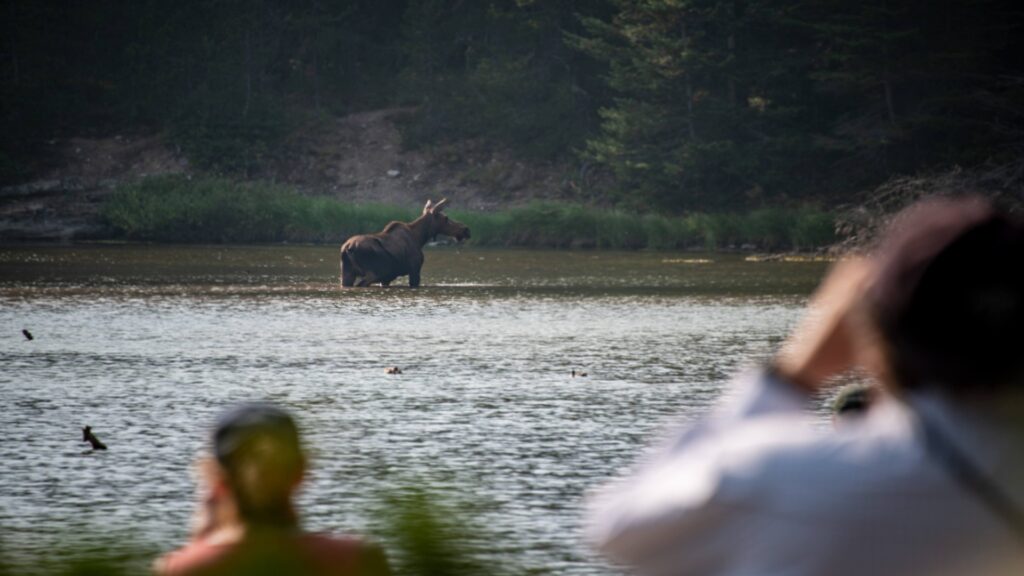
The desire to photograph wildlife often leads people to take dangerous risks around moose. No photograph is worth your safety, and attempting to approach moose for a better picture is one of the most common causes of moose attacks. If you wish to photograph a moose, use a telephoto lens that allows you to maintain a safe distance of at least 50 feet—preferably much more.
Never use a flash when photographing moose, as the sudden light can startle them into defensive behavior. Most importantly, pay attention to the moose’s body language rather than focusing entirely through your viewfinder, which can prevent you from noticing warning signs of aggression.
Using Deterrents: What Works and What Doesn’t
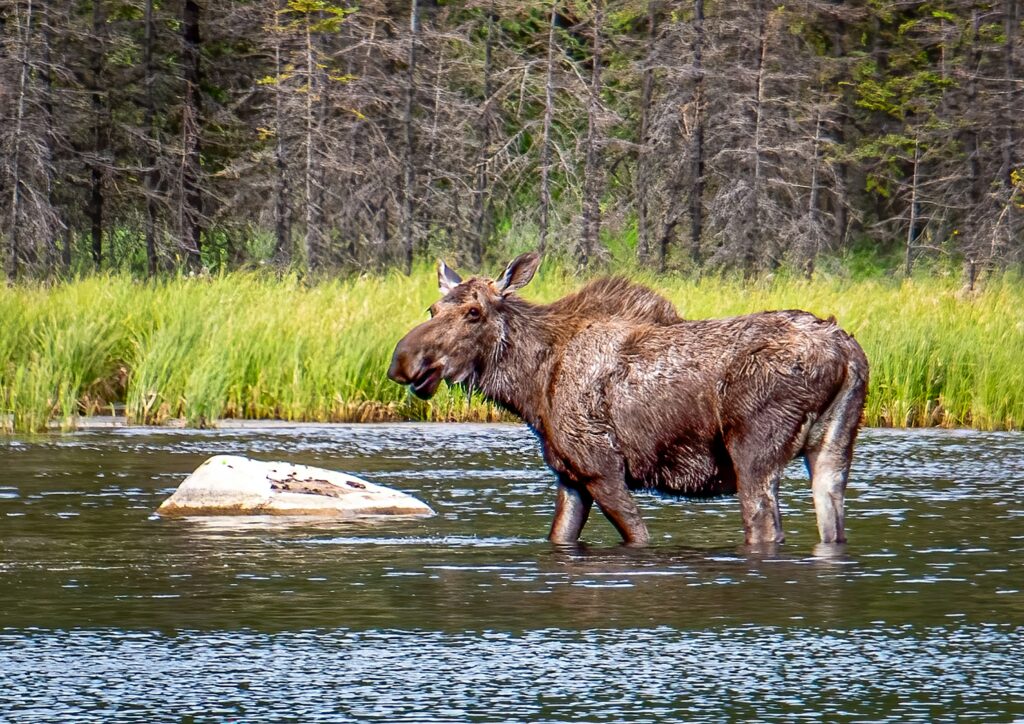
Unlike with bears, carrying pepper spray specifically for moose encounters isn’t a common practice, though bear spray may be effective against charging moose in emergency situations. Making yourself appear larger by raising your arms or opening a jacket won’t deter a moose that has decided to charge—unlike with mountain lions or bears, size intimidation doesn’t work well with these already massive animals.
Loud noises such as air horns might temporarily startle a moose and can be worth trying, but their effectiveness is inconsistent and shouldn’t be relied upon as a primary defense. Your best deterrent remains awareness, distance, and avoiding behaviors that might trigger aggression in the first place.
Moose Encounters While Driving
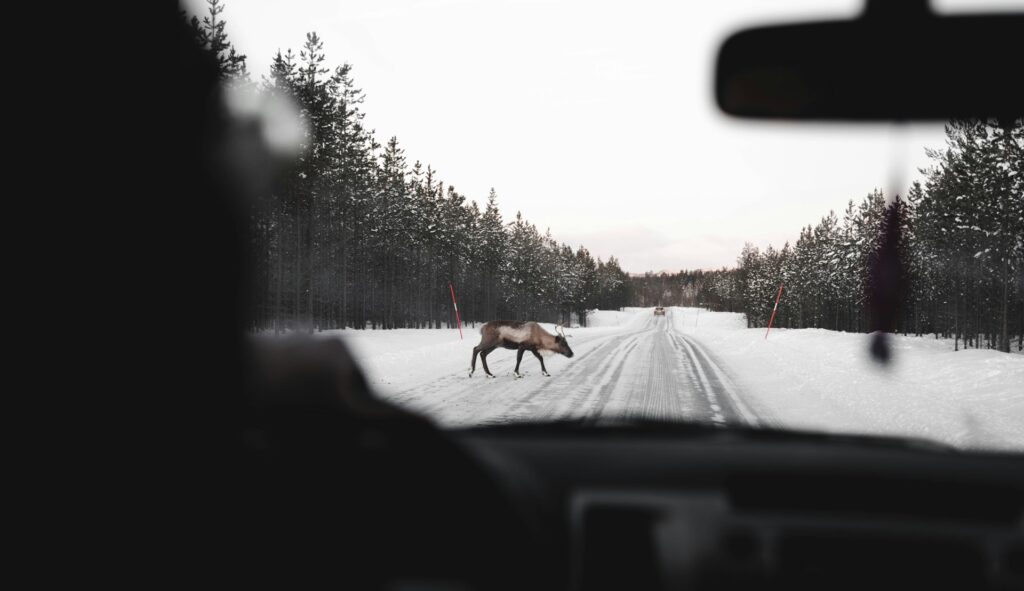
While not strictly a hiking concern, many wilderness adventures involve driving through moose territory to reach trailheads. Collisions between vehicles and moose are extremely dangerous—the animals’ tall, heavy bodies often collapse onto windshields when struck. When driving in moose country, reduce your speed, especially at dawn and dusk when moose are most active. Scan the sides of roads continuously, watching for the reflective glow of eyes or the dark silhouette of a moose’s body. If you see a moose on or near the road, stop and wait for it to move on rather than attempting to drive around it, as moose behavior can be unpredictable and they may suddenly bolt into your path.
Reporting Moose Encounters
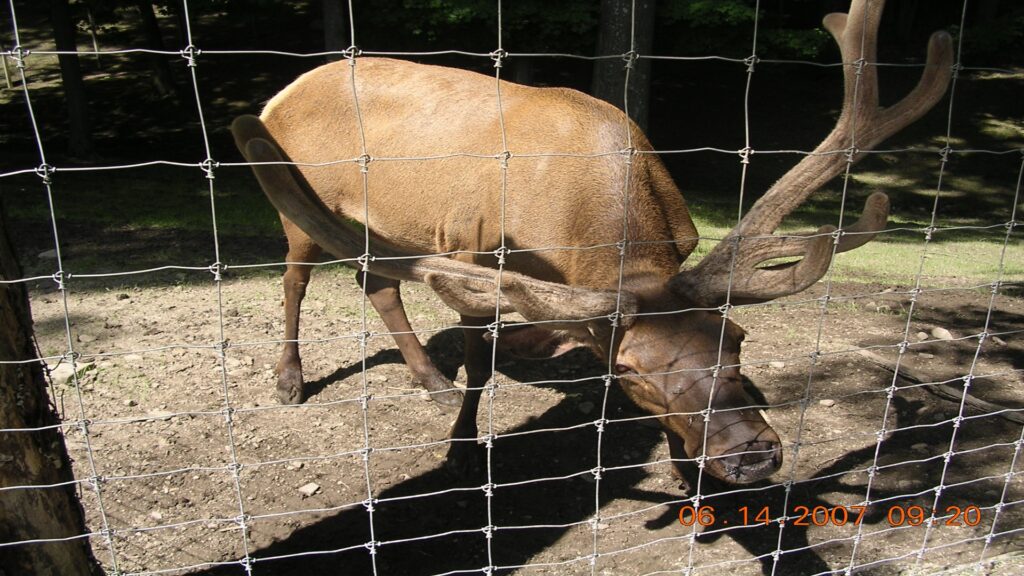
After safely navigating a moose encounter, consider reporting the sighting to park rangers or local wildlife authorities, especially if the moose displayed aggressive behavior. This information helps authorities track moose populations and movement patterns, potentially allowing them to post warnings in high-activity areas. Your report might help prevent dangerous situations for other hikers who use the same trails.
Many parks and wilderness areas have established reporting systems, including online forms or dedicated phone lines for wildlife sightings. The information you provide contributes to wildlife management efforts and improves safety measures in popular hiking destinations.
Educating Fellow Hikers
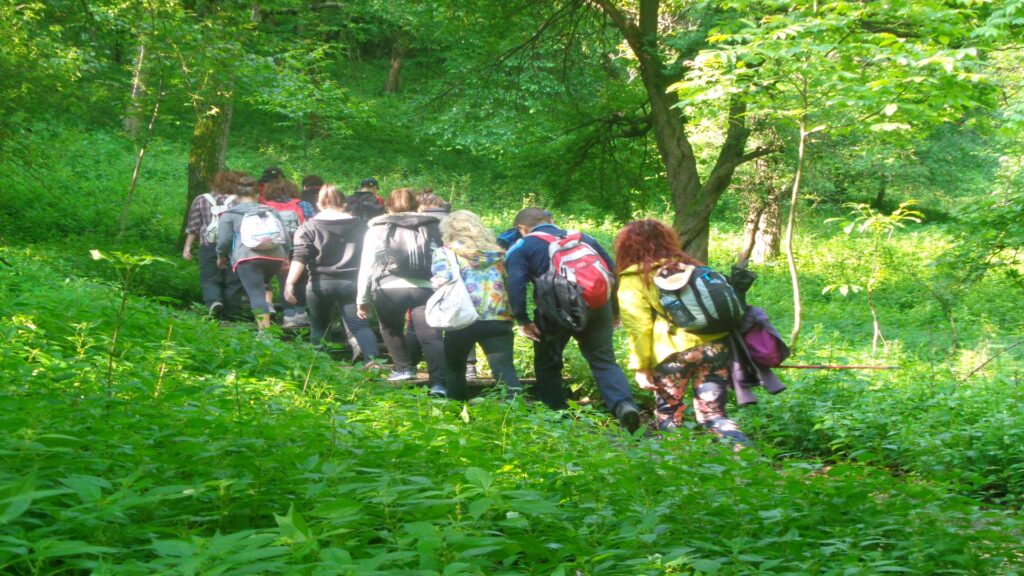
If you’re hiking in a group when a moose is encountered, take responsibility for ensuring everyone in your party knows how to react appropriately. Quickly but calmly instruct others to maintain distance, avoid sudden movements, and prepare to seek shelter if needed.
Unfortunately, it only takes one person acting inappropriately around a moose to create a dangerous situation for everyone present. After the encounter, take time to discuss what happened and review proper wildlife safety protocols with less experienced hikers.
Sharing knowledge about wildlife behavior can create a safer outdoor community and help preserve positive relationships between humans and the magnificent animals with whom we share natural spaces.
Conclusion
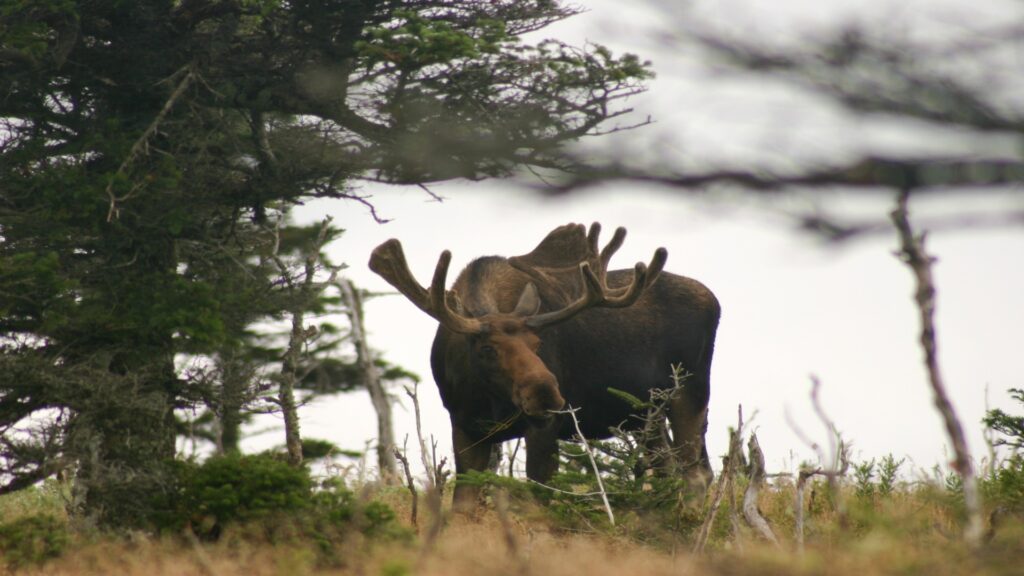
Encountering a moose on a hiking trail can be both awe-inspiring and anxiety-inducing. By understanding moose behavior, recognizing warning signs, maintaining appropriate distances, and knowing how to react if a situation escalates, you can minimize risks while appreciating these magnificent animals in their natural habitat.
Remember that seasonal factors greatly influence moose behavior, with particular caution needed during rutting and calving seasons.
While moose can be dangerous, most problematic encounters result from human behaviors that could have been avoided with proper knowledge and respect. With the right preparation and response, your moose sighting can remain a treasured wilderness memory rather than a dangerous confrontation.

